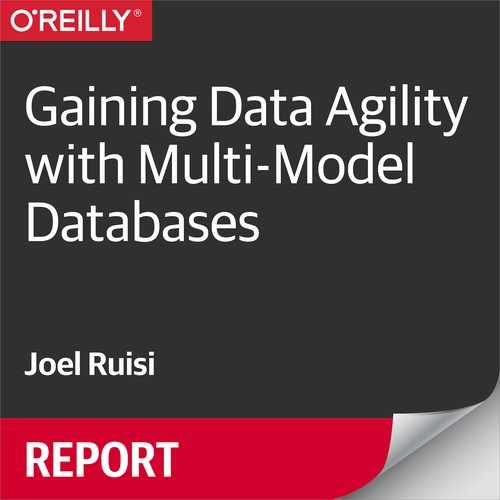Book Description
Most organizations realize that their future depends on the ability to quickly adapt to constant changes brought on by variable and complex environments. It's become increasingly clear that the core source behind these innovative solutions is data.
Polyglot persistence refers to systems that provide many different types of data storage technologies to deal with this vast variability of data. Applications that need to access data from more than one store have to navigate an array of databases in a complex—and ultimately unsustainable—maze. One solution to this problem is readily available.
In this ebook, consultant Joel Ruisi explains how a multi-model database enables you to take advantage of many different types of data models (and multiple schemas) in a single backend. With a multi-model database, companies can easily centralize, manage, and search all the data the IT system collects. The result is data agility: the ability to adapt to changing environments and serve users what they need when they need it.
Through several detailed use cases, this ebook explains how multi-model databases enable you to:
- Store and manage multiple heterogeneous data sources
- Consolidate your data by bringing everything in "as is"
- Invisibly extend model features from one model to another
- Take a hybrid approach to analytical and operational data
- Enhance user search experience, including big data search
- Conduct queries across data models
- Offer SQL without relational constraints
